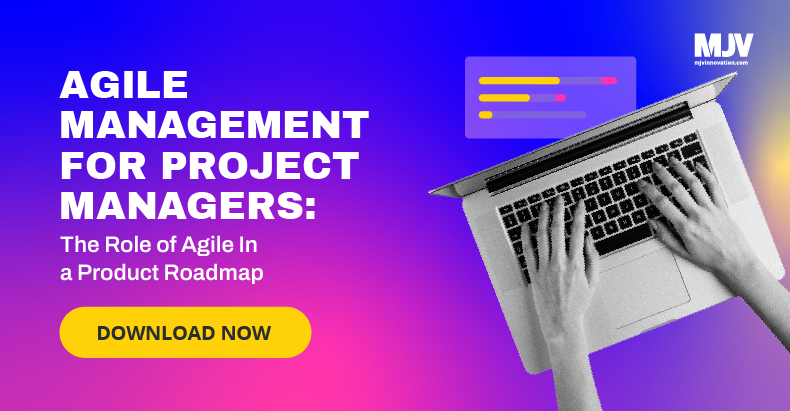Four steps to apply a Scaled Agile Framework in your business
With a focus on launching new solutions and improving quality, the SAFe configuration was created to disseminate agile management to all sectors of your company.
The Scaled Agile Framework is a methodology derived from agile methods, focusing on a project to disseminate agile thinking and practices in an organizational context, from management to teams.
Read until the end of this article and learn our step-by-step system to implement SAFe in your company!
What is SAFe?
Among the main benefits of implementing SAFe are:
- reduction in time-to-market;
- improvement in productivity and quality;
- predictability of deliveries;
- greater employee engagement.
These are just some of the benefits of implementing a Scaled Agile Framework. Learn more about these and other features in our article What is SAFe and how it works.
How to implement Scaled Agile Framework?
The Scaled Agile Framework is a structure for generating strategic value for your organization, as it works on three organizational levels: team, program, and portfolio.
Teams represent day-to-day work. The methods used to ensure deliveries can vary across several other frameworks; Program refers to the organizational strategy, focusing on achieving collective goals; and the portfolio is about quality and the flow of value creation for the customer.
The Scaled Agile Framework is, essentially, a structure that values the sustainability of delivery flow that also provides feedback:
- It guarantees sustainability through the Big Picture (the requirements for the framework), which avoids technical restrictions;
- And it provides feedback as it generates inputs for the refinement of the structure.
Four steps to apply the Scaled Agile Framework
You may have noticed that structural change within a company will not happen unless you have a well-organized, step-by-step process in place. It must be well assimilated by senior management and adopted by managers, technical team leaders, and eventually the rest of your employees.
1. Map your processes’ value streams
Value streams are steps that a solution implements to consolidate solutions that generate a continuous stream of value for both medium and long-term objectives and customers.
Knowing the value stream of your processes like the back of your hand is required to build a unique mindset focused on fulfilling tasks that generate desired results.
Note that the Scaled Agile Framework is a thorough plan to disseminate agile concepts across a company. Therefore, the definition of value streams will be essential to create the Big Picture, a grand schematic that lays out who does what (the roles and activities) within SAFe.

2. Train your employees in agile methods
To implement a structure like SAFe, defining and training change agents in agile management methodologies and lean operations, especially leaders, managers, and executives.
The objective here is to build a specialized hub that references organizations in relation to agile and lean management methods.
3. Test the execution of ARTs
After the cultural transition to Agile is over, the value streams, training, and qualification of facilitating agile agents have been mapped out; it is time to test the teams’ ability to deliver value within SAFe.
The acronym ART stands for Agile Release Train. ARTs are considered the heart of SAFe, as they refer to a method of virtual organization to keep teams engaged with a specific organizational objective.
The ARTs consist of a series of elements to keep teams in sync with their goals, with tools that help define, test, implement, and launch solutions, including the Scrum/Agile Ceremonies.
4. Scale your portfolio
With your skilled staff-tested, it’s time to justify the investment. And, for that, the time has come to expand the portfolio by launching more ARTs.
An agile framework for every type of need
Considering the maturity of the theme, at this point, we can infer that you are probably someone who has a good knowledge of Agile, its frameworks, and other methods.
As you can see, a Scaled Agile Framework transcends and evolves the basic principles of Agile, being more linked to the value of agility and a more systemic view of the organization’s productivity rather than team dynamics, like Scrum or Sprints.
If you’re still looking to develop an agile mindset in your team and justify the investment, read our content on Cascade/Waterfall x Agile Model, which explains the benefits of transitioning to agility. It is also worth checking out some myths and facts about Agile.
If you already know that agile works well for your team and want to get better results, MJV Agile Coaches are ready to help your team implement refined solutions for everyday use, using Scrum, Kanbans, Squads, and OKRs.
Now, if you want to take advantage of the benefits of Agile on an organizational scale and make it one of your company’s productivity pillars, talk to one of our consultants and find out how MJV can help you implement SAFe!

